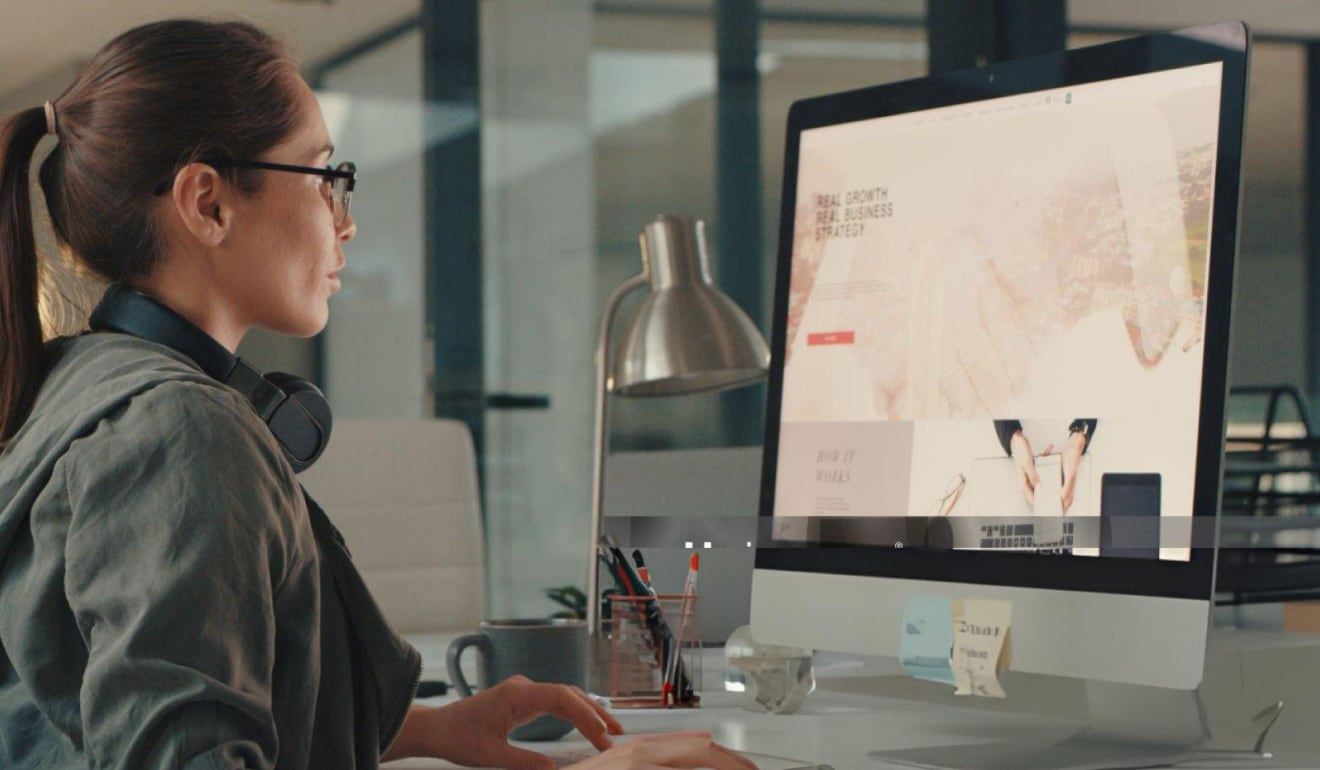With a commitment to continuous growth, the UX Cookbook constantly introduces new recipes, making it a go-to resource for UX enthusiasts.
10 Common Mistakes to Avoid When Designing a UI

As a UI designer, it's important to create interfaces that are both visually appealing and user-friendly. However, it's easy to make mistakes that can lead to a frustrating user experience. In this post, we'll discuss five common mistakes to avoid when designing a UI.
Mistake #1: Ignoring the User's Needs and Goals
One of the biggest mistakes a UI designer can make is failing to consider the needs and goals of the user. When designing a UI, it's important to have a clear understanding of who the user is and what they are trying to accomplish. Without this understanding, it's difficult to create an interface that is intuitive and easy to use.
To avoid this mistake, start by conducting user research to gather information about the user's needs and goals. This can include surveys, focus groups, and user testing. Use this information to create personas and user stories that capture the user's perspective. These tools can help you understand the user's perspective and create an interface that meets their needs.
Mistake #2: Using Too Much or Too Little Color
Another common mistake in UI design is using too much or too little color. Too much color can be overwhelming and can make it difficult for users to find the information they need. On the other hand, using too little color can make the interface dull and uninteresting.

To avoid this mistake, it's important to find the right balance of color in your design. Start by choosing a limited color palette that includes a few main colors and a few accent colors. Use the main colors for important elements like buttons and headers, and use the accent colors to add visual interest and emphasis. Avoid using too many different colors, as this can create visual clutter and confusion.
Mistake #3: Using Unreadable or Inconsistent Typography
Typography is an important aspect of UI design, as it helps to convey information and create a hierarchy of importance. However, using unreadable or inconsistent typography can make it difficult for users to understand the interface and navigate the app or website.

To avoid this mistake, choose clear and readable fonts for your UI design. Avoid using decorative or fancy fonts, as these can be difficult to read at small sizes or on screens. It's also important to create a consistent typography system that uses the same fonts, sizes, and styles throughout the interface. This will help to create a cohesive and professional look, and will make it easier for users to understand the hierarchy of information.
Mistake #4: Creating a Cluttered or Overly Complex Layout
A cluttered or overly complex layout can make it difficult for users to find the information they need and navigate the interface. This can lead to frustration and confusion, and can even cause users to abandon the app or website.
To avoid this mistake, create a simple and clean layout for your UI design. Use white space to create a sense of hierarchy and focus, and avoid cramming too much information into a single screen or page. It's also important to organize the information in a logical and intuitive way, using clear labels and navigation elements to help users find what they need.
Mistake #5: Failing to Test the UI Design
Finally, a common mistake in UI design is failing to test the design with real users. User testing is an essential step in the design process, as it helps to identify any problems or challenges with the interface. Without user testing, it's difficult to know how the design will perform in the real world,
Mistake #6: Not considering the platform or device
When designing a UI, it's important to consider the platform or device that the interface will be used on. Different platforms and devices have different constraints, such as screen size, resolution, and input methods, and these can impact the design of the interface. For example, a design that works well on a desktop computer may not be as effective on a mobile device.

To avoid this mistake, research the platform or device that the UI will be used on, and consider how the constraints of that platform or device will impact the design. You may need to create multiple versions of the interface to ensure that it works well across different platforms and devices.
Mistake #7: Not following established design patterns
In UI design, established design patterns are tried and tested solutions to common design problems. These patterns provide a predictable and familiar experience for users, and can make it easier for them to understand and use the interface.
However, some designers may be tempted to deviate from established design patterns in order to create something unique and original. While this can sometimes be effective, it can also create confusion and frustration for users who are used to the established patterns.
To avoid this mistake, familiarize yourself with the established design patterns for the platform or device that you are designing for, and consider how you can use these patterns in your design. It's okay to deviate from the patterns if you have a good reason, but be sure to test your design with users to ensure that it is still intuitive and easy to use.
Mistake #8: Not considering the user's context
When designing a UI, it's important to consider the context in which the interface will be used. The user's context can include factors such as their location, the time of day, and the device they are using, and these can impact the design of the interface.
For example, if the user is likely to be using the interface while on the go, the design should be optimized for mobile devices and should be easy to use with one hand. If the user is likely to be using the interface in a noisy or brightly-lit environment, the design should be easy to read and should provide clear visual cues.
To avoid this mistake, research the user's context and consider how it will impact the design of the interface. Test the design in a variety of contexts to ensure that it is effective and easy to use no matter where or when the user is using it.
Mistake #9: Not considering the user's emotional response
In addition to the functional aspects of UI design, it's also important to consider the user's emotional response to the interface. The design of an interface can have a significant impact on how the user feels, and this can impact their overall experience with the app or website.
To avoid this mistake, consider the user's emotional response to the design as you create it. Use color, imagery, and other design elements to create a positive and engaging experience for the user. Test the design with users to see how they react emotionally to the interface, and make adjustments as needed.
Mistake #10: Not keeping the interface up to date
Finally, a common mistake in UI design is failing to keep the interface up to date. As technology and user expectations change over time, it's important to periodically update the design of the interface to ensure that it remains effective and user-friendly.
To avoid this mistake, plan for regular updates to the UI design. This may involve conducting user research and testing on a regular basis to identify any areas that need improvement, and making.









